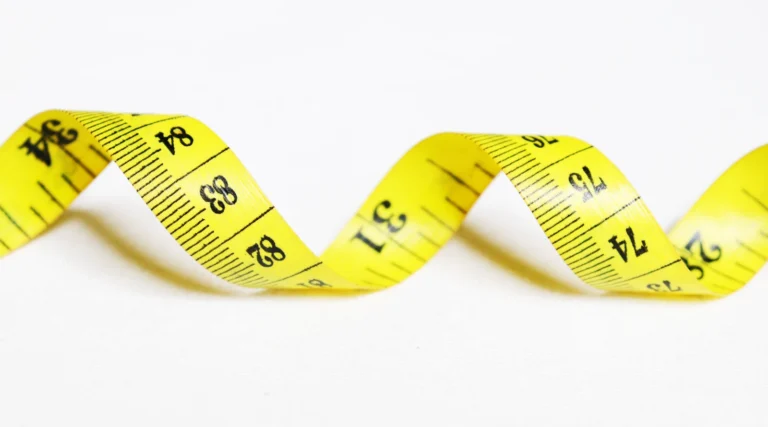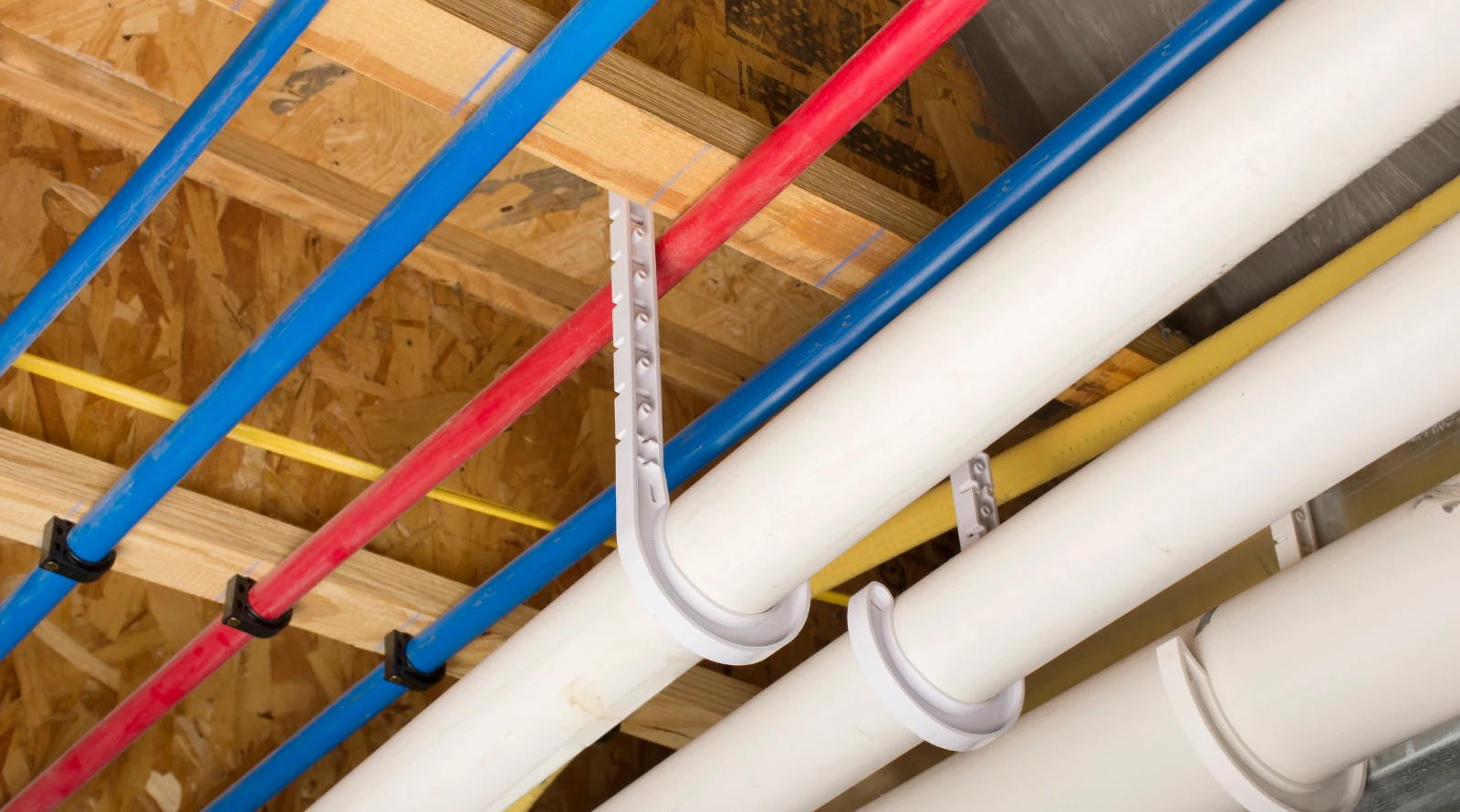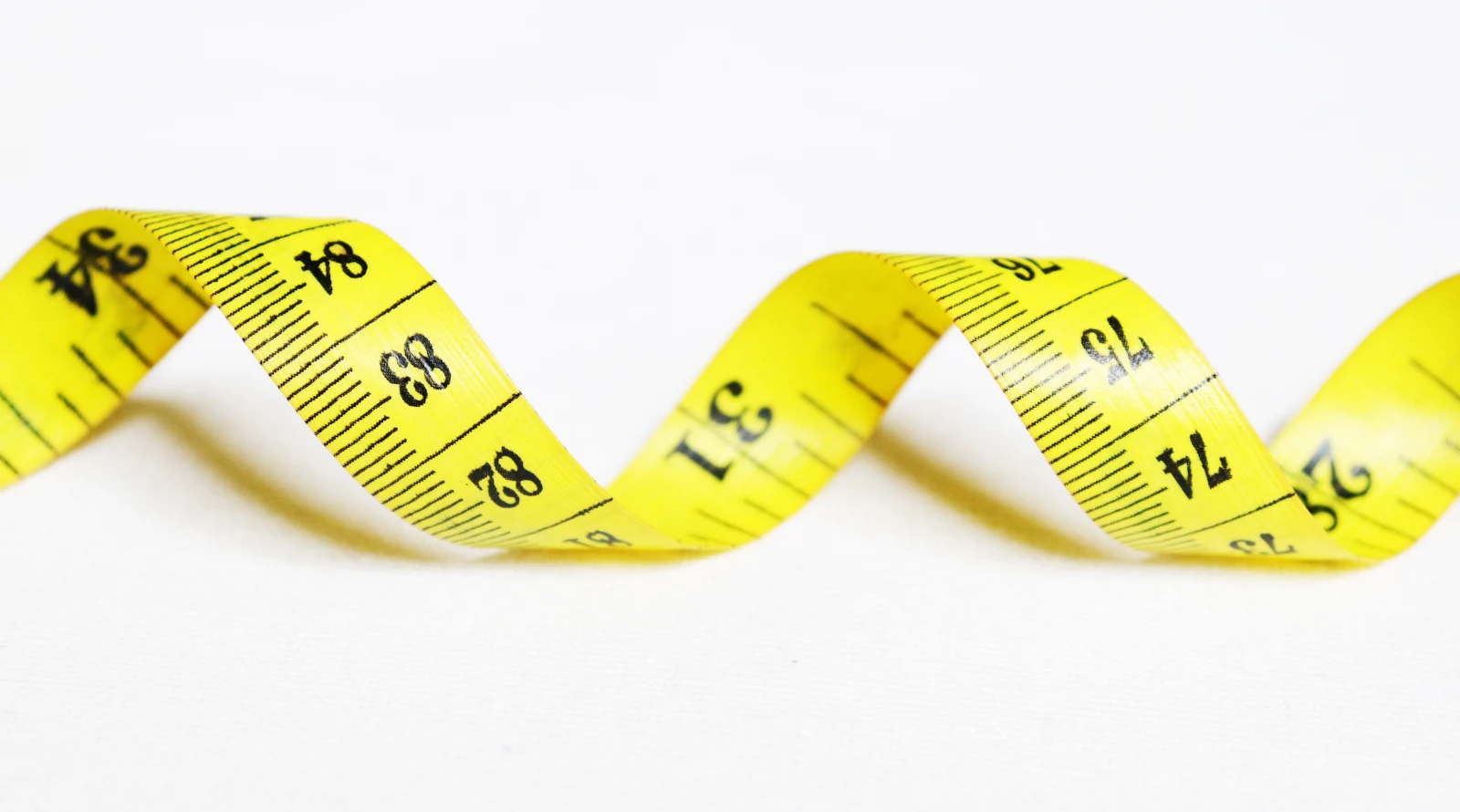Precisely measuring pipe diameters, particularly in PVC pipes, is fundamental across diverse industries and applications. This comprehensive guide aims not only to elucidate the methods for measuring pipe diameter but also to underscore the significance of comprehending PVC pipe sizes.

It covers conversions between measurement units, encompassing a range from 1/2 inch to larger sizes like 12-inch, 24-inch, and 10-inch diameters.
Why Measure Pipe Diameter and Know PVC Pipe Diameters?
The significance of accurate measurement in pipe diameter cannot be overstated. Pipe size directly impacts fluid flow rates, pressure handling, and the overall efficacy of the system. Understanding PVC pipe diameters, including specific sizes like 8-inch, 6-inch, and 1/2-inch diameters, is critical for selecting the appropriate pipes tailored to various applications, ensuring optimal performance and efficiency.
Three Methods to Measure Pipe Diameter
1. Using a Diameter Tape
A reliable method providing accurate measurements, especially for larger pipes like 8-inch or 6-inch diameter PVC pipes. This method also facilitates conversions between inches and millimeters.
2. Vernier Caliper or Ruler
Suitable for smaller PVC pipes, accurately measuring diameters such as 1/2 inch or their millimeter equivalents, and enabling seamless conversions.
3. Calculator Assistance
Utilizing online tools or mathematical formulas aids in quick conversions and precise measurements, enabling easy transitions between inches and millimetres for PVC pipe diameters.
Steps to Measure PVC Pipe Diameter
Achieving precise measurements of PVC pipe diameters involves several essential steps:
- Selecting the Right Tool: Choosing a measuring tool that aligns with the PVC pipe size and ensures the desired level of accuracy across different measurement units like inches and millimeters.
- Preparing the Pipe Surface: Ensuring cleanliness of the pipe surface is crucial for precise measurements and conversions, especially in smaller diameters like 1/2 inch or their millimeter equivalents.
- Positioning and Measurement: Placing the measuring tool perpendicular to the PVC pipe’s axis ensures accurate measurements across different units, facilitating seamless conversions.
- Calculation: Employing appropriate formulas or conversion factors aids in determining the PVC pipe’s diameter accurately across different sizes and units of measurement, including millimetres and inches.
Utilizing the Minimum Pipe Diameter Calculator
The Pipe Water Velocity and Minimum Pipe Diameter Calculator offer swift estimations and precise calculations. Follow these steps to use the calculator effectively:
- Input Flow Rate (GPM): Enter the flow rate of the liquid in gallons per minute (GPM) into the designated field.
- Input Desired Water Velocity (ft/s): Input the desired water velocity in feet per second (ft/s) into the corresponding field.
- Click “Calculate”: Once the necessary data is entered, click the “Calculate” button.
- View Results: The calculator will display the minimum pipe diameter required for the specified flow rate and desired water velocity.
Understanding PVC Pipe Sizes and Standards
Exploring the realm of PVC pipe diameters unveils various standards applicable to different sizes:
- Inside Diameter of PVC Pipe: Crucial for assessing flow characteristics and fittings compatibility. This is particularly important in smaller diameters like 1/2 inch or their millimetre equivalents.
- Nominal Sizes and Standards: Grasping the significance of NPS/NB and outside diameters helps in selecting suitable PVC pipes for specific applications across varied diameters and measurement units.
RECOMMENDED PLUMBERS TO WORK WITH PVC PIPES:
Pipe Diameter Flow Rate Chart
Refer to this comprehensive chart for a detailed list of PVC pipe sizes and their corresponding flow rates. It includes sizes from 1/2 inch to larger diameters in both inches and millimetres:
| Nominal Size (NPS/NB) | Outside Diameter (inches) | Inside Diameter (inches) | Outside Diameter (mm) | Inside Diameter (mm) |
|---|---|---|---|---|
| 1/2 | 0.84 | 0.622 | 21.34 | 15.8 |
| 3/4 | 1.05 | 0.824 | 26.67 | 20.93 |
| 1 | 1.315 | 1.049 | 33.4 | 26.64 |
| 1 1/4 | 1.66 | 1.38 | 42.16 | 35.05 |
| 1 1/2 | 1.9 | 1.61 | 48.26 | 40.89 |
| 2 | 2.375 | 2.067 | 60.33 | 52.5 |
| 3 | 3.5 | 3.068 | 88.9 | 77.9 |
| 4 | 4.5 | 4.026 | 114.3 | 102.3 |
| 6 | 6.625 | 6.065 | 168.28 | 153.98 |
| 8 | 8.625 | 7.981 | 219.08 | 202.69 |
| 10 | 10.75 | 10.02 | 273.05 | 254.51 |
| 12 | 12.75 | 12 | 323.85 | 304.8 |
| 14 | 14 | 13.25 | 355.6 | 336.55 |
| 16 | 16 | 15.25 | 406.4 | 387.35 |
| 18 | 18 | 17.25 | 457.2 | 438.15 |
| 20 | 20 | 19.25 | 508 | 489 |
| 24 | 24 | 23 | 609.6 | 584.2 |
| 30 | 30 | 29 | 762 | 737 |
| 36 | 36 | 35 | 914.4 | 889 |
| 42 | 42 | 41 | 1066.8 | 1041 |
| 48 | 48 | 47 | 1219.2 | 1194 |
Exploring Specific PVC Pipe Sizes
For instance, 8-inch diameter PVC pipes find extensive use in various industrial applications, offering substantial flow capacity and strength. Similarly, 6-inch diameter PVC pipes are commonly employed in agricultural and irrigation systems due to their optimal flow characteristics and durability. Smaller diameters, like 1/2 inch PVC pipes or their millimeter equivalents, are versatile and commonly utilized in household plumbing due to their adaptable nature and ease of measurement.
Conclusion
Accurate measurement and understanding of PVC pipe diameters (ranging from 1/2 inch to larger sizes like 8-inch and 6-inch diameters across different measurement units) are pivotal for efficient plumbing, construction, and industrial systems.
You may utilize the provided tools and methods to measure and select the appropriate PVC pipe diameter for varied applications, ensuring optimal functionality and performance.
Remember, while the provided calculator offers a basic estimation, consulting with a licensed plumber is always recommended for accurate sizing and compliance with local building codes.
RELATED:
- High Water Bill No Visible Leak – Causes and Bill Calculator
- Copper, HDPE, PEX, and Steel Pipe Size Measurement Charts
- Plumbing Installation Cost Estimator






